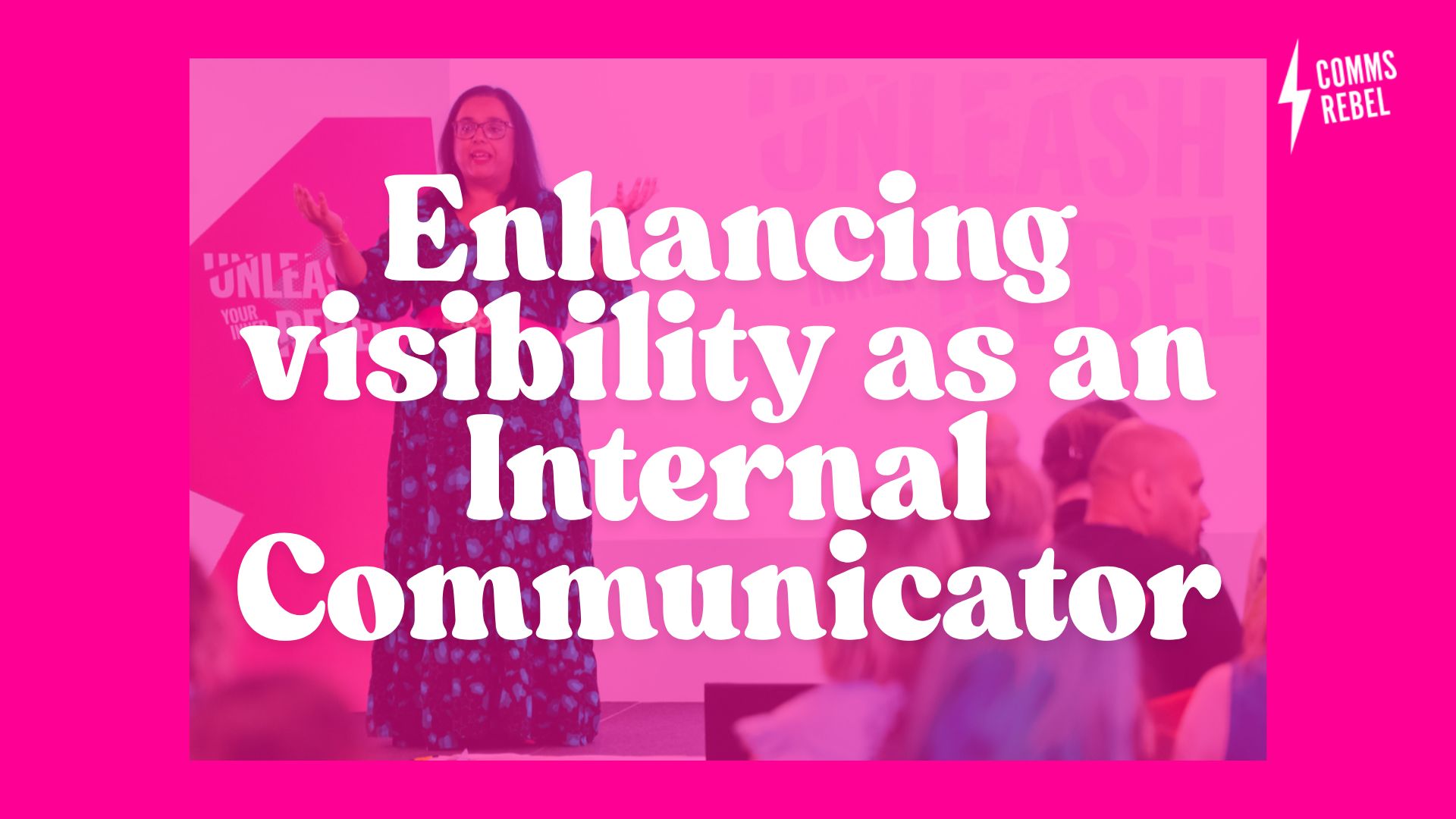For most of my career I have worked predominately in organisations that have a large number of remote workers and it’s definitely been a huge learning curve in understanding this group of people.
To make it clear, my definition of a remote worker is anyone who does not have regular access to company devices, they don’t work in a traditional 9-5 role and are not office based, which means they either work in the operation, are on the road or are home based. I wrote some top tips earlier this year but I wanted to add and reiterate some of these points again as it’s an area that can be difficult to crack:
Understand your workforce: I can’t labour this point enough but get out and about. Speak to the workforce and find out from them what the want/need from you – they are the experts and will know what works from them. Even if you have to spend the day work shadowing or even holding focus groups – all this is rich data will help you form a good view of what is going to land and what isn’t. Also it’s a good opportunity to review the channels you already have. Ask them what they think and how often they read them? You’ll be surprised at what you find out.
Link print with digital: I know we are moving towards the digital age and there are lots of debates about company magazines and newsletters, but in my view print still has a place if done properly. Slapping posters up and scattering random leaflets about will soon turn into wallpaper but carefully thought out leaflets and posters can really make an impact. Try and do something fun on there if you can, like linking to a video or using augmented reality – which is a brilliant experience when done well and people can use their own device to access. In a previous organisation we used Virtual Reality alongside a storyboard, which was an amazing way to tell the story of the business and it also allows people to get some insight on what they can expect in the future.
Keep it relevant: Think about the people you are communicating with. Do they really need to know about a new funky online system that allows them to book leave, when in reality all their leave is booked through a shift-based system? Do they need to know about hot-desking in HQ if they are not based there? It’s really frustrating when you read information that either isn’t relevant to you or worse still you can’t take part in – people will stop reading. Look at segmentation and see if there is any way you can break the groups down.
‘Appy days: I’m a big fan of company apps. If you walk into the staff room during breaks I can almost guarantee most of the people in the room will have their head down focusing on their phone. So, why not take that opportunity and bring something to them that they may find useful without asking too much from them. A company app is a great way to get news out quickly and it’s accessible from practically anywhere in the world so colleagues can access wherever they are. Now there is likely to be various battles with IT and security, especially if you work in a restricted environment but these days apps are extremely secure and are no more dangerous than emails to your company phone. Work with IT, security and your provider closely, it’ll be worth the effort. Promise.
There are so many other tools you can bring in to support but as I said in my first point it’s really important to truly understand if it’s going to work in your organization – so unleash your inner rebel, ask the right questions and make a conscious effort to speak to the people to get their feedback and view.
I’d love to hear your top tips and advice. Have you done something that’s really landed well? Please do share. As usual you can find me on Twitter either via Advita_p or @commsrebel and of course LinkedIn.


